In today’s dynamic world, technological advancements are rapidly transforming various industries, and construction is no exception. Nano building, a revolutionary approach to architecture and engineering, is reshaping the way we design, construct, and operate buildings. Leveraging nanotechnology and its array of applications, this innovative construction method offers immense potential to boost sustainability, efficiency, and cost-effectiveness. Let us explore why nano building is the future and how it can revolutionize the construction industry. 1. Enhancing Sustainability: Nano building integrates sustainable materials and technologies, reducing the environmental impact of construction. Advanced nanomaterials, such as self-cleaning coatings, energy-efficient windows, and lightweight concrete, can be employed in building processes. These materials offer improved energy efficiency, lower carbon footprints, and increased durability, making structures more sustainable and eco-friendly.
.
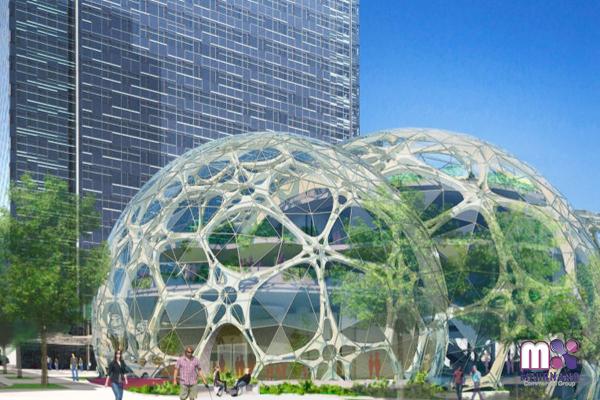 2. Improving Structural Performance: With nano building, engineers can enhance the structural performance of buildings by incorporating nanoscale reinforcements. Carbon nanotubes, for instance, possess exceptional tensile strength and can be used to reinforce concrete and other materials, resulting in buildings that withstand greater loads and stresses. This not only improves safety but also extends the lifespan of structures, reducing the need for repairs and replacements. 3. Advancing Energy Efficiency: Energy consumption is a significant concern in the construction industry. Nano building enables the development of smart building systems that optimize energy efficiency. Nanoscale sensors embedded within structures can monitor temperature, humidity, and lighting conditions, adjusting energy usage accordingly. Nanotechnology-based insulation materials can provide superior thermal properties, reducing heating and cooling requirements. These advancements ultimately lead to reduced energy waste and lower utility costs.
2. Improving Structural Performance: With nano building, engineers can enhance the structural performance of buildings by incorporating nanoscale reinforcements. Carbon nanotubes, for instance, possess exceptional tensile strength and can be used to reinforce concrete and other materials, resulting in buildings that withstand greater loads and stresses. This not only improves safety but also extends the lifespan of structures, reducing the need for repairs and replacements. 3. Advancing Energy Efficiency: Energy consumption is a significant concern in the construction industry. Nano building enables the development of smart building systems that optimize energy efficiency. Nanoscale sensors embedded within structures can monitor temperature, humidity, and lighting conditions, adjusting energy usage accordingly. Nanotechnology-based insulation materials can provide superior thermal properties, reducing heating and cooling requirements. These advancements ultimately lead to reduced energy waste and lower utility costs.
..
 4. Ensuring Health and Safety: Nano building prioritizes occupant health and safety through the use of nanomaterials with antibacterial and antiviral properties. Surfaces coated with antimicrobial nanoparticles can help mitigate the spread of harmful bacteria and viruses, thereby improving overall hygiene within buildings. Additionally, self-healing materials, incorporating nanocapsules that release healing agents when damaged, can contribute to safer and longer-lasting structures. 5. Streamlining Construction Processes: Nano building offers significant benefits in terms of construction time and cost. Nanotechnology-enabled self-assembling materials can simplify and expedite construction processes. For instance, self-healing concrete can repair cracks autonomously, minimizing maintenance efforts and associated costs.
4. Ensuring Health and Safety: Nano building prioritizes occupant health and safety through the use of nanomaterials with antibacterial and antiviral properties. Surfaces coated with antimicrobial nanoparticles can help mitigate the spread of harmful bacteria and viruses, thereby improving overall hygiene within buildings. Additionally, self-healing materials, incorporating nanocapsules that release healing agents when damaged, can contribute to safer and longer-lasting structures. 5. Streamlining Construction Processes: Nano building offers significant benefits in terms of construction time and cost. Nanotechnology-enabled self-assembling materials can simplify and expedite construction processes. For instance, self-healing concrete can repair cracks autonomously, minimizing maintenance efforts and associated costs.
…
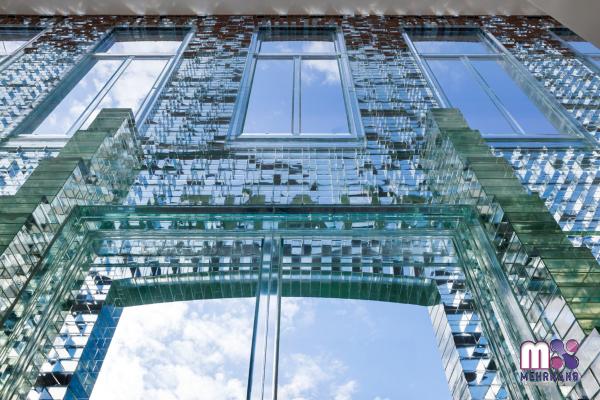 Moreover, the ability to manufacture nanomaterials on-demand reduces the reliance on conventional building materials, resulting in more efficient resource utilization and cost savings. Conclusion: Nano building represents a paradigm shift in the construction industry, heralding a future that prioritizes sustainability, efficiency, and occupant well-being. By harnessing the vast potential of nanotechnology, this innovative approach transforms the way structures are designed, constructed, and operated. As the industry embraces nano building, architects, engineers, and stakeholders will witness improved environmental impact, structural resilience, energy efficiency, and construction processes, opening up new possibilities for intelligent and sustainable buildings. It is undeniable that nano building is poised to revolutionize the construction landscape and play a pivotal role in shaping our built environment for years to come.
Moreover, the ability to manufacture nanomaterials on-demand reduces the reliance on conventional building materials, resulting in more efficient resource utilization and cost savings. Conclusion: Nano building represents a paradigm shift in the construction industry, heralding a future that prioritizes sustainability, efficiency, and occupant well-being. By harnessing the vast potential of nanotechnology, this innovative approach transforms the way structures are designed, constructed, and operated. As the industry embraces nano building, architects, engineers, and stakeholders will witness improved environmental impact, structural resilience, energy efficiency, and construction processes, opening up new possibilities for intelligent and sustainable buildings. It is undeniable that nano building is poised to revolutionize the construction landscape and play a pivotal role in shaping our built environment for years to come.


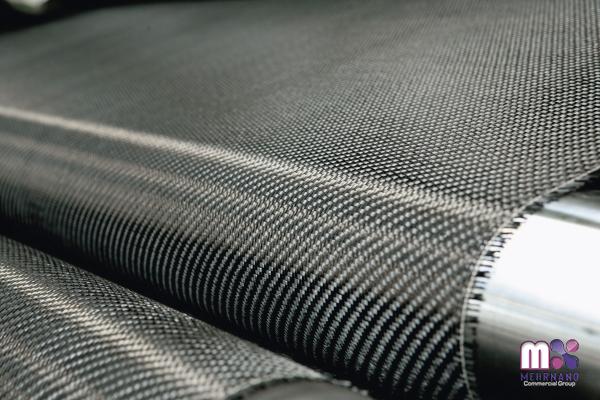





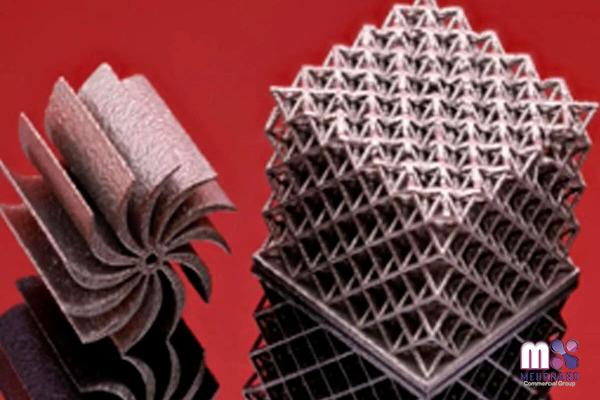
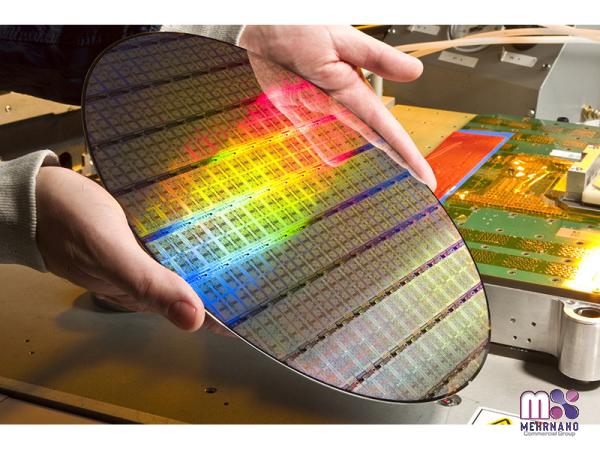

Your comment submitted.